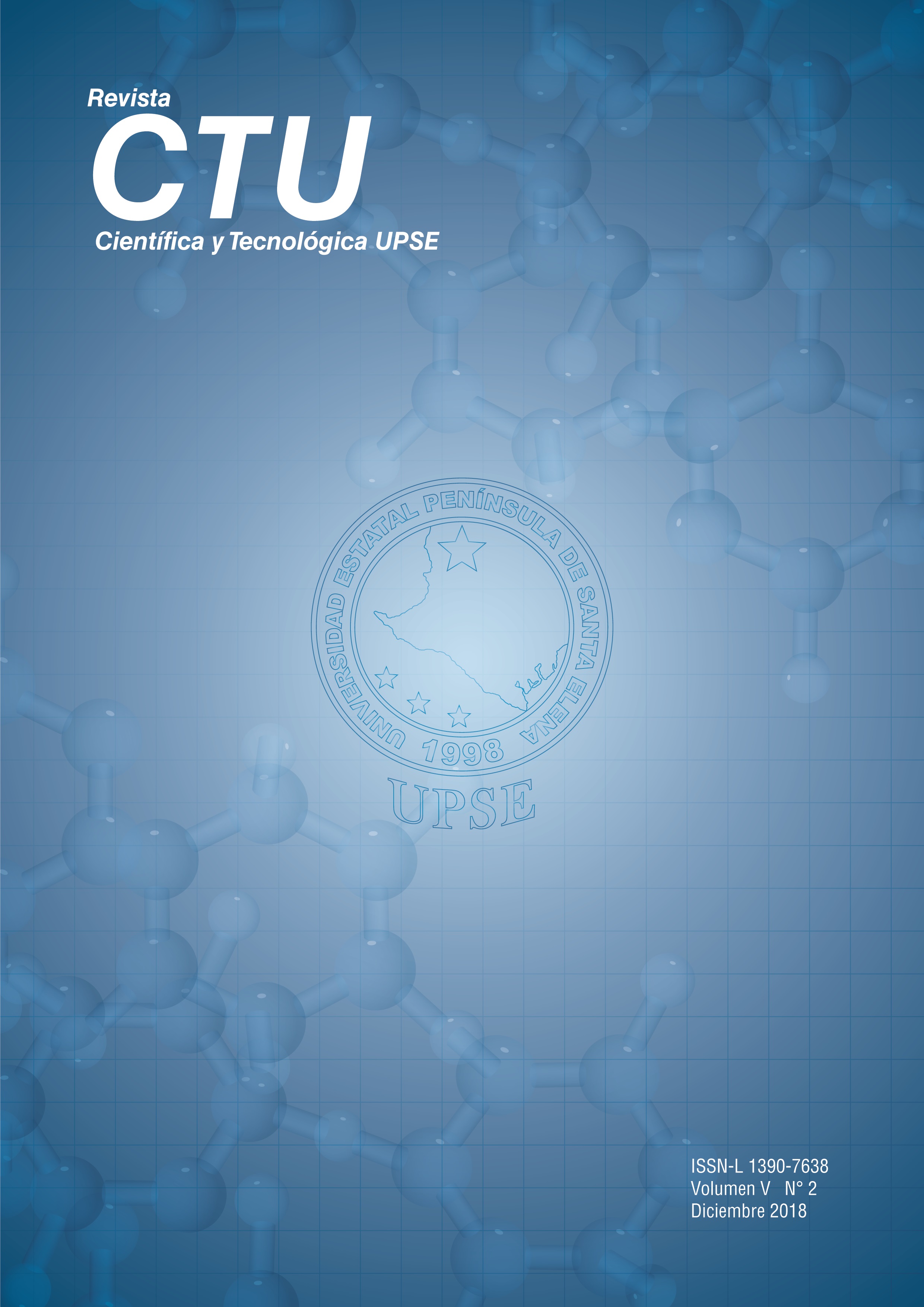Mineralogía y distribución de arcillas en las formaciones productoras Naricual y Oficina de la Cuenca Oriental de Venezuela
DOI:
https://doi.org/10.26423/rctu.v5i2.421Palabras clave:
daños de formación, minerales de arcilla, migración de finos, VenezuelaResumen
Las formaciones Naricual (Oligoceno Tardío-Mioceno Temprano) y Oficina (Mioceno) pertenecientes a la Cuenca Oriental de Venezuela, son de importancia económica por la cantidad de arenas productoras de hidrocarburos que contienen. Sin embargo, ha tenido lugar una disminución acelerada de la producción en los campos de esta cuenca, ocasionada por varios factores, entre ellos los asociados con la migración de finos en los intervalos productores y a los daños de formación generados por la presencia de diferentes minerales de arcilla. El propósito de este trabajo es determinar la composición y distribución de las fases mineralógicas presentes en las arenas productoras de ambas formaciones, con el fin de establecer el potencial del daño que pueden generar los minerales de arcilla presentes en el flujo de fluidos durante la producción de petróleo. La caracterización mineralógica fue llevada a cabo mediante análisis petrográfico, Difracción de Rayos X (XRD), ensayos de disolución en ácidos y Microscopia Electrónica de Barrido (SEM). La mineralogía de las muestras está gobernada por cuarzo, albita, calcita, dolomita, pirita y muscovita. La arcilla predominante es caolinita, aunque también se detecta en algunas muestras clorita, illita/esmectita y glauconita; el porcentaje de arcillas oscila entre 6 y 12 %, situándose el promedio en 6,8% para las areniscas de Naricual, y 7,2% para Oficina. Los resultados obtenidos constituyen un insumo fundamental al momento de orientar planes de acción orientados al aumento de la producción.
Descargas
Referencias
Avila, J. (1999) Abreviatura de los minerales. Disponible en: https://www.academia.edu/17279659/Abreviaturas_de_Los_Minerales_1999
Bjorlykke, K. (2015). Petroleum Geoscience. From Sedimentary Environments to Rock Physics. New York, USA: Springer.
Chapman, R. (1983). Petroleum Geology. Amsterdam, Netherlands: Elsevier.
Feng P, Wang D, Liu G, Wang H. Economides M. (2011). Sandstone Reservoir Stimulation Using High-Temperature Deep-Penetrating Acid. SPE Western North American Region Meeting (Anchorage Alaska USA), pp. 1–11
Gabriel, G. y Inamdar, G. (1983). An experimental investigation of fines migration in porous media. En: Paper SPE 12168, 1983 Annual Technical Conference and Exhibition, San Francisco, California, USA.
Galal, S. Elgibaly, A., Elsayed, S. (2016). Formation damage due to fines migration and its remedial methods. Egyptian Journal of Petroleum25(4), 515-524. doi: 10.1016/j.ejpe.2015.11.005.
González de Juana C., Iturralde de Arozena J. M. y Picard C. (1980). Geología de Venezuela y sus Cuencas Petrolíferas, Tomo II. Caracas, Venezuela: FONINVES.
LEV (1999). Léxico Estratigráfico de Venezuela. Versión Electrónica. INTEVEP, filial de Petróleos de Venezuela, PDVSA. Recuperado de http://lev.desarrollominero.gob.ve
Mosser-Ruck, R., Devineau, K., Charpentier, D., Cathelineau, M. (2005). Effects of ethylene glycol saturation protocols on XRD patterns: a critical review and discussion.Clays and Clay Minerals,53, 631-638.
Pettijohn F, Potter P y Siever R. (1987). Sand and sandstone. New York, USA: Springer –Verlag. Segunda edición.
Polanco Ferrer, R. (2004). Estudio estructural del borde norte de la subcuenca de Guárico en la región de Altagracia de Orituco, estado Guárico, Venezuela. Trabajo Especial de Grado, Escuela de Geología, Minas y Geofísica, Universidad Central de Venezuela, 152 pp.
Reynolds, R. (1965). An X-ray study of an ethylene glicol-montmorillonite complex. American Mineralogist50, 990-1001.
Rojas, F. (2013). Síntesis de la evolución tectono-estratigráfica, Subcuenca de Maturín, Oriente de Venezuela. Recuperado de http://www.redciencia.cu/geobiblio/paper/2013_Rojas_GEO1-O8.pdf
Schlumberger (1997). WEC 1997, Evaluación de pozos. Schlumberger Surenco, Houston, USA.
Xiao, J., Wang,J., y Sun, X. (2017). Fines Migration: Problems and Treatments. Oil & GasResearch3,pp. 123. doi: 10.4172/2472-0518.1000123
Publicado
Número
Sección
Licencia
El titular de los derechos de autor de la obra, otorga derechos de uso a los lectores mediante la licencia Creative Commons Atribución-NoComercial-CompartirIgual 4.0 Internacional. Esto permite el acceso gratuito inmediato a la obra y permite a cualquier usuario leer, descargar, copiar, distribuir, imprimir, buscar o vincular a los textos completos de los artículos, rastrearlos para su indexación, pasarlos como datos al software o usarlos para cualquier otro propósito legal.
Cuando la obra es aprobada y aceptada para su publicación, los autores conservan los derechos de autor sin restricciones, cediendo únicamente los derechos de reproducción, distribución para su explotación en formato de papel, así como en cualquier otro soporte magnético, óptico y digital.












